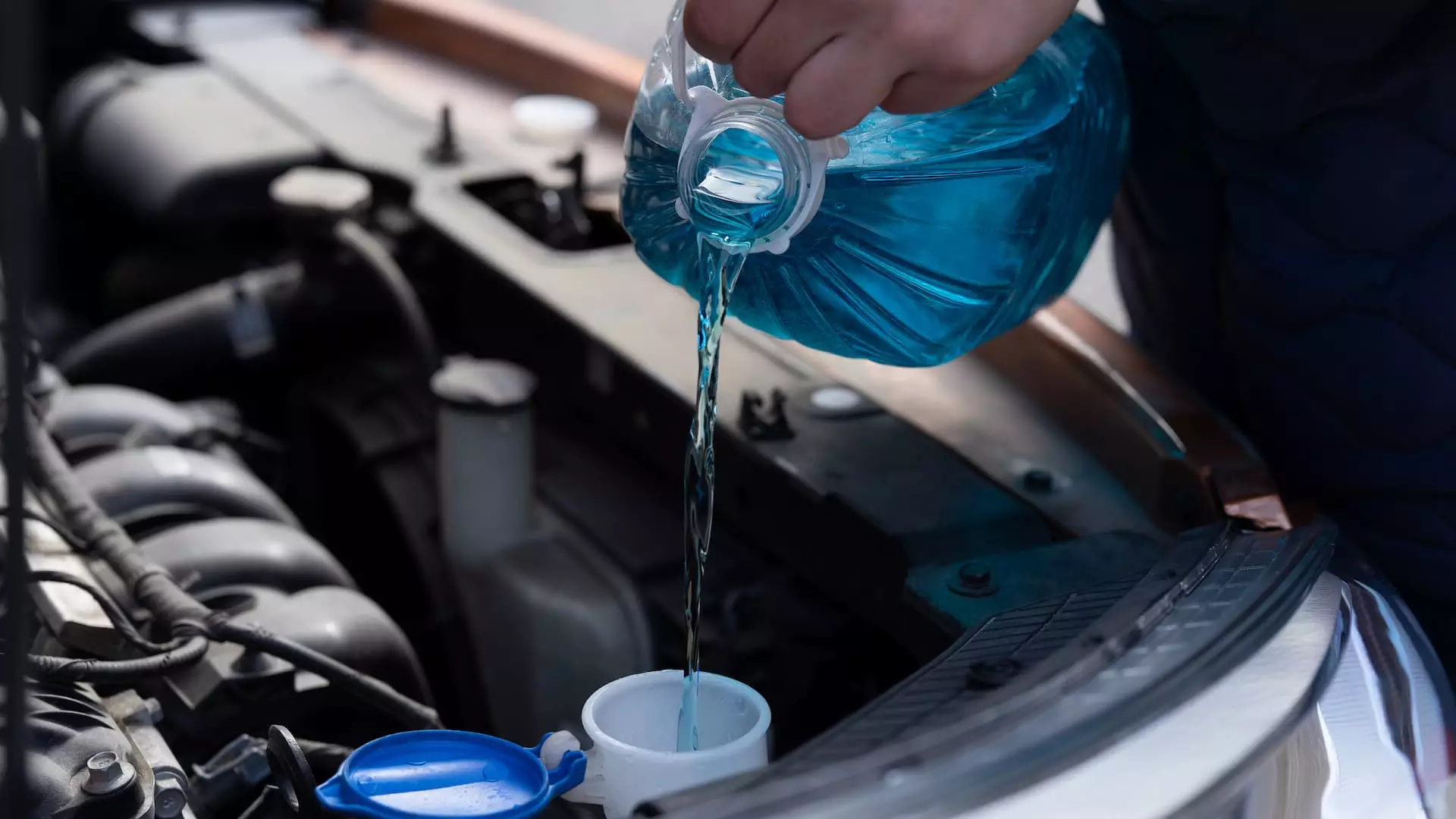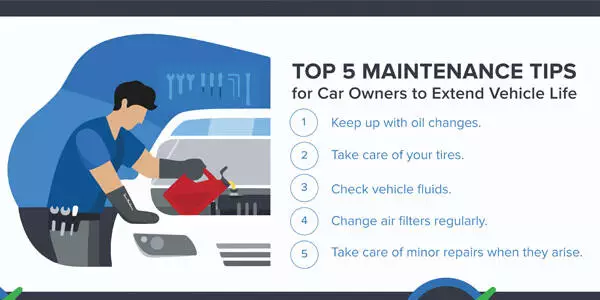
7 Little-Known Ways to Master Checking and Maintaining Your Car’s Fluid Levels
You might believe that checking and maintaining your car’s fluid levels is tedious and unnecessary. However, neglecting this simple task can lead to costly repairs or even dangerous breakdowns. Your car’s well-being hinges on keeping its vital fluids in check. From engine oil maintenance to transmission fluid checks, every drop matters. Understand why these fluid checks matter so much to your car’s performance and safety.
Have you ever wondered what happens if you skip a regular vehicle fluid check? Your engine might overheat without proper coolant levels, or your brakes could fail without enough brake fluid. Monitoring these levels is like giving your car a regular health check-up. By mastering these checks, you empower yourself to prevent unexpected issues and ensure a smooth ride, every time.
Unlock the secrets to fluid level mastery and drive with confidence today. Let’s dive into these car maintenance tips and keep your vehicle running like a dream!
In the article
Checking and Maintaining Your Car’s Fluid Levels
Understanding Basic Car Fluid Levels
Before you dive into checking and maintaining your car’s fluid levels, it’s important to know which fluids are essential. These include engine oil, coolant, brake fluid, transmission fluid, power steering fluid, and windshield washer fluid. Each fluid plays a crucial role in keeping your vehicle running smoothly.
Now, you might wonder, “When should I check each fluid?” For most fluids, a monthly check is recommended. However, some fluids like engine oil may need more frequent attention. Be sure to follow your car manufacturer’s guidelines to ensure everything stays in tip-top condition.
Tools for Vehicle Fluid Check
Checking your car’s fluids doesn’t require a lot of tools, but having the right ones can make the job much easier. A dipstick is your best friend for most fluid checks. A funnel can help when topping up fluids to avoid spills. Make sure you have rags or paper towels handy to wipe off excess fluid from dipsticks or spills. With these tools in hand, you’ll be ready to tackle car maintenance like a pro.
But what if you’re unsure about common mistakes? These car maintenance tips can guide you carefully. First, always check the fluids when the car is on a level surface. Second, make sure the car’s engine is off and cool, especially for checking engine oil and coolant, to avoid burns or inaccurate readings. Taking your time to do things right pays off, so don’t rush.
Performing Regular Fluid Inspections
Engine Oil Maintenance Techniques
Engine oil is the lifeblood of your car’s engine. To perform an engine oil maintenance check, start by finding the dipstick, usually marked with an oil can symbol. Pull it out, wipe it clean, and then reinsert it. Pull it out again to check the oil level. Make sure the oil falls between the minimum and maximum marks. Regular oil level checks prevent engine wear and costly repairs.
But it’s not just about quantity. You also need to consider the quality of the oil. If it appears dirty or smells burnt, it might be time for an oil change. Remember, clean oil keeps your engine running smoothly.
Coolant, Brake, and Transmission Fluid Checks
Maintaining the right coolant level is key to preventing your engine from overheating. To check it, locate the coolant reservoir, which is usually translucent. Ensure the fluid is between the “low” and “full” marks. Coolant should be bright and clear. If it looks rusty or has debris, it might be time for a coolant inspection and replacement.
Now, let’s talk about brake fluid. This fluid is crucial for your safety as it helps your car stop effectively. Check it by finding the brake fluid reservoir, usually near the back of the engine bay. The fluid level should be within the marked range on the reservoir. If it’s low, it could indicate a leak or worn brakes, both of which need immediate attention.
Finally, keep an eye on your transmission fluid. Most cars have a dipstick similar to the engine oil dipstick but located toward the back of the engine. When checking, the fluid should be pinkish or red. If it’s brown or smells burnt, it may indicate the need for a transmission fluid change. Clean and sufficient transmission fluid ensures smooth shifting and extends your vehicle’s life.
Additional Fluid Maintenance Tips
Power Steering and Windshield Washer Fluid
While often overlooked, the power steering fluid is essential for easy steering. To check it, locate the power steering reservoir and make sure the fluid level is between the “min” and “max” lines. Monthly checks can help you avoid steering problems and maintain a smooth drive.
Lastly, don’t forget about windshield washer fluid. It doesn’t affect how your car runs, but having enough ensures you can clean your windshield for better visibility. Check the level often, especially before road trips or during rainy seasons. For a quick fill-up, just pop open the cap and pour in the washer fluid until it reaches the fill line.
By regularly performing these simple fluid checks, you’ll keep your car running smoothly for years to come. Whether it’s the engine oil, coolant, brake fluid, or any other essential fluid, your attention makes all the difference. Stay proactive, and your vehicle will thank you with a safer, more reliable drive.
Wrap Up with Confidence
Understanding how to handle your car fluid levels keeps your vehicle running smoothly. It helps you spot potential problems early and saves you money on major repairs. Plus, it gives you the peace of mind that you are keeping your car in tip-top shape.
Start by identifying which fluid checks your car needs regularly. Look under the hood and familiarize yourself with where each fluid is located. Next, make a simple schedule to perform regular checks and top-offs. Keeping a checklist will ensure that you don’t miss any crucial maintenance steps.
Take a moment today to open your car hood and identify the fluid reservoirs. Make this small step a habit and build your confidence in managing your car’s needs. You’ve got this!






